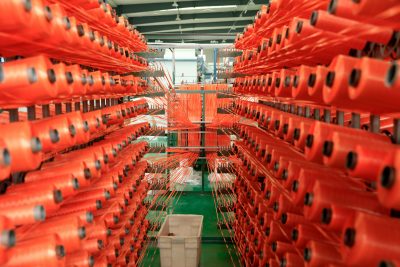Shining sunlight on a dirty problem

Wastewater often contains a cocktail of organic pollutants, ranging from pesticides to pharmaceutical residues, which are difficult to remove using conventional purification methods.
However, a recent doctoral thesis from Norway presents an effective, low cost method of purifying polluted industrial wastewater streams.
“We can break down the harmful chemicals in the water using sunlight and small droplets of oil,” explained Zygimantas Gricius from the Norwegian University of Science & Technology (NTNU).
Professor Gisle Øye at the university's department of chemical engineering, explains, “Gricius and his colleagues have studied the purification of industrial wastewater. They looked at the breakdown of naphthenic acids, which can occur in wastewater from the petrochemical industry, chemical production and the textile industry.”
The small droplets of oil are called photocatalytic Pickering emulsions. An emulsion is a mixture of two liquids that are not completely soluble in each other. The droplets act as tiny chemical reactors that can break down organic pollution.
“The oil droplets are stabilised by nanoparticles that are activated by light, for example from the sun,” explained Gricius.
One nanoparticle the researchers tested was titanium dioxide (TiO₂). The nanoparticles position themselves between the oil and the water where they capture sunlight and initiate reactions that break down the pollutants.
The research focused on fine-tuning these mixtures so that they became more effective, stable and reusable.
Innovative thinking
The thesis not only provides new insights into photocatalytic emulsions, it also demonstrates how we can think innovatively about sustainable water purification.
“By combining sunlight, smart materials and chemical additives, we have found an inexpensive, reusable and scalable method to purify contaminated water,” said Gricius.
The technology is still in an early stage and there are currently no commercial products based on Pickering emulsion technology. The researchers say that this is partly because the field of study has only recently experienced a renaissance and been recognised as industrially promising.
